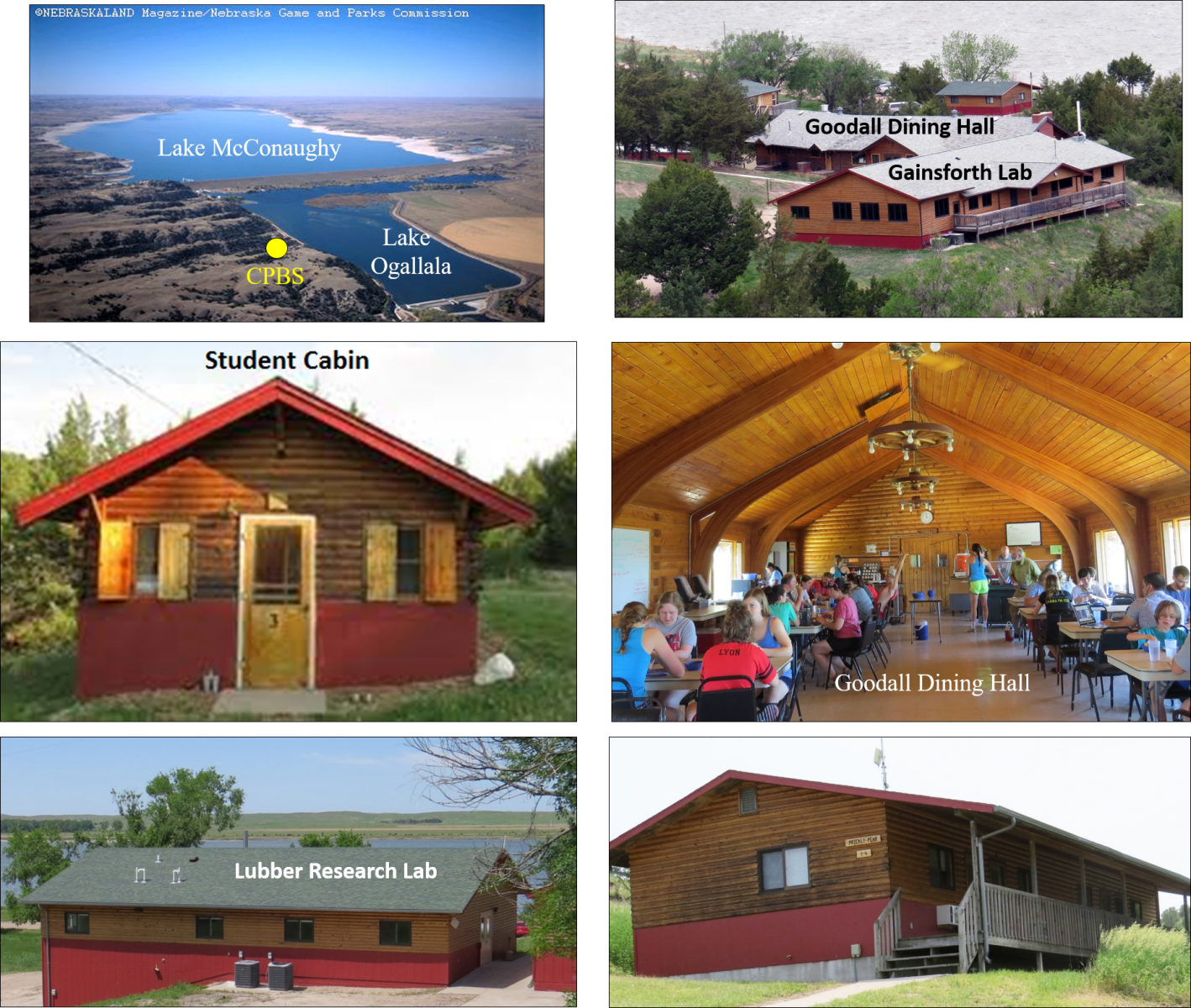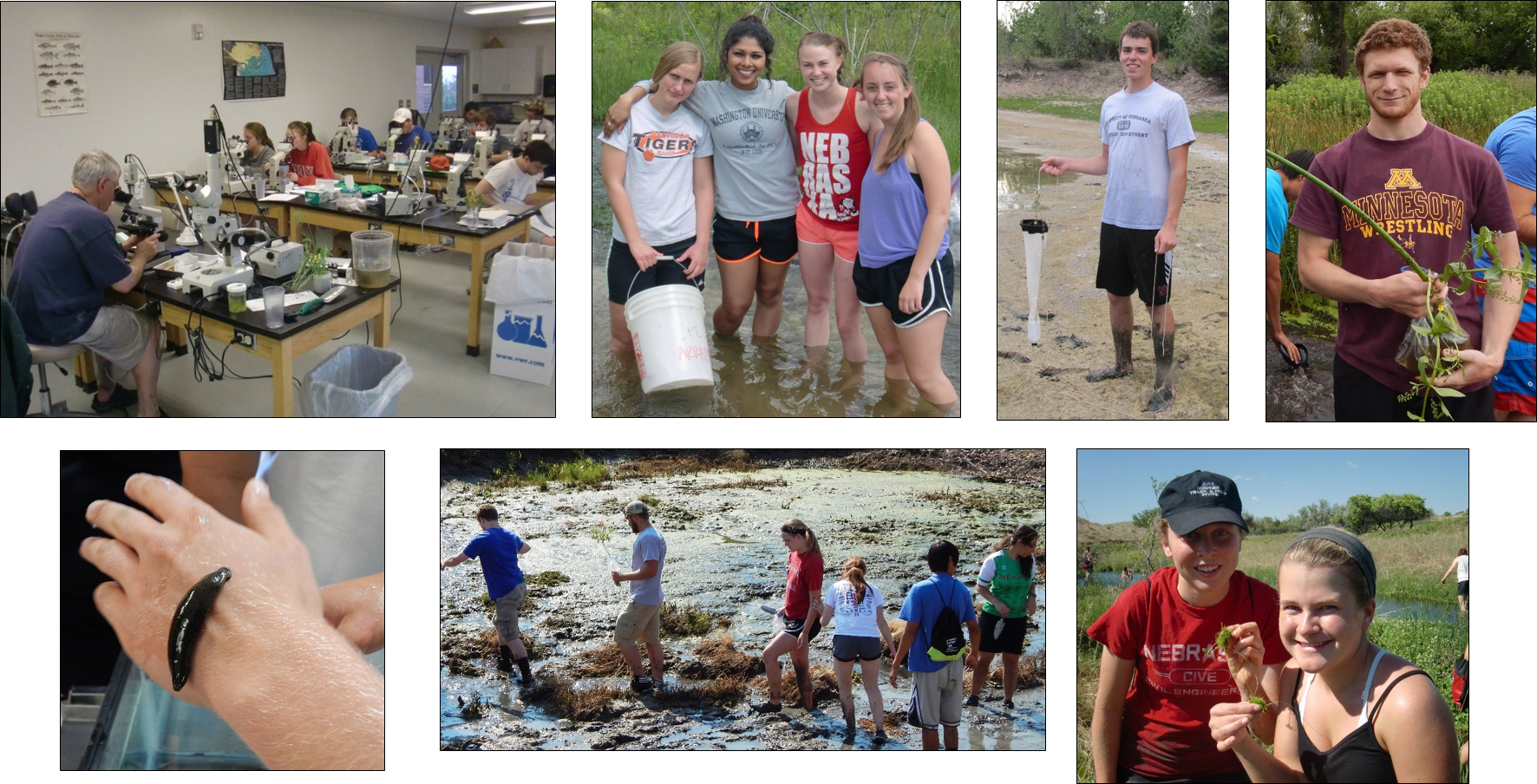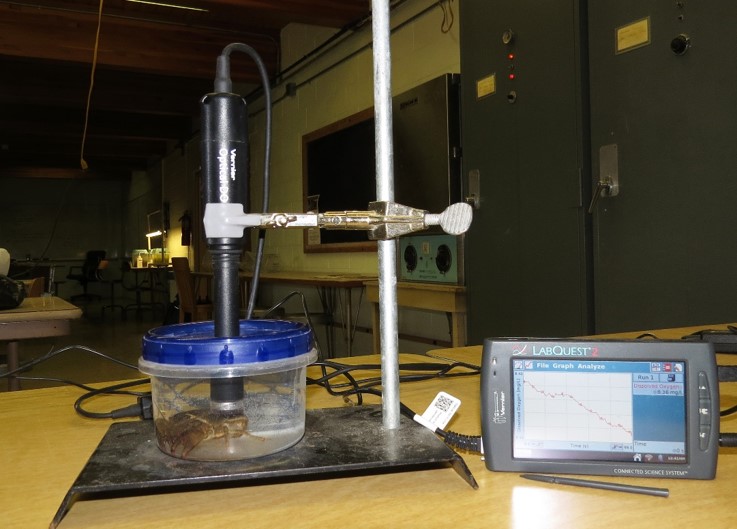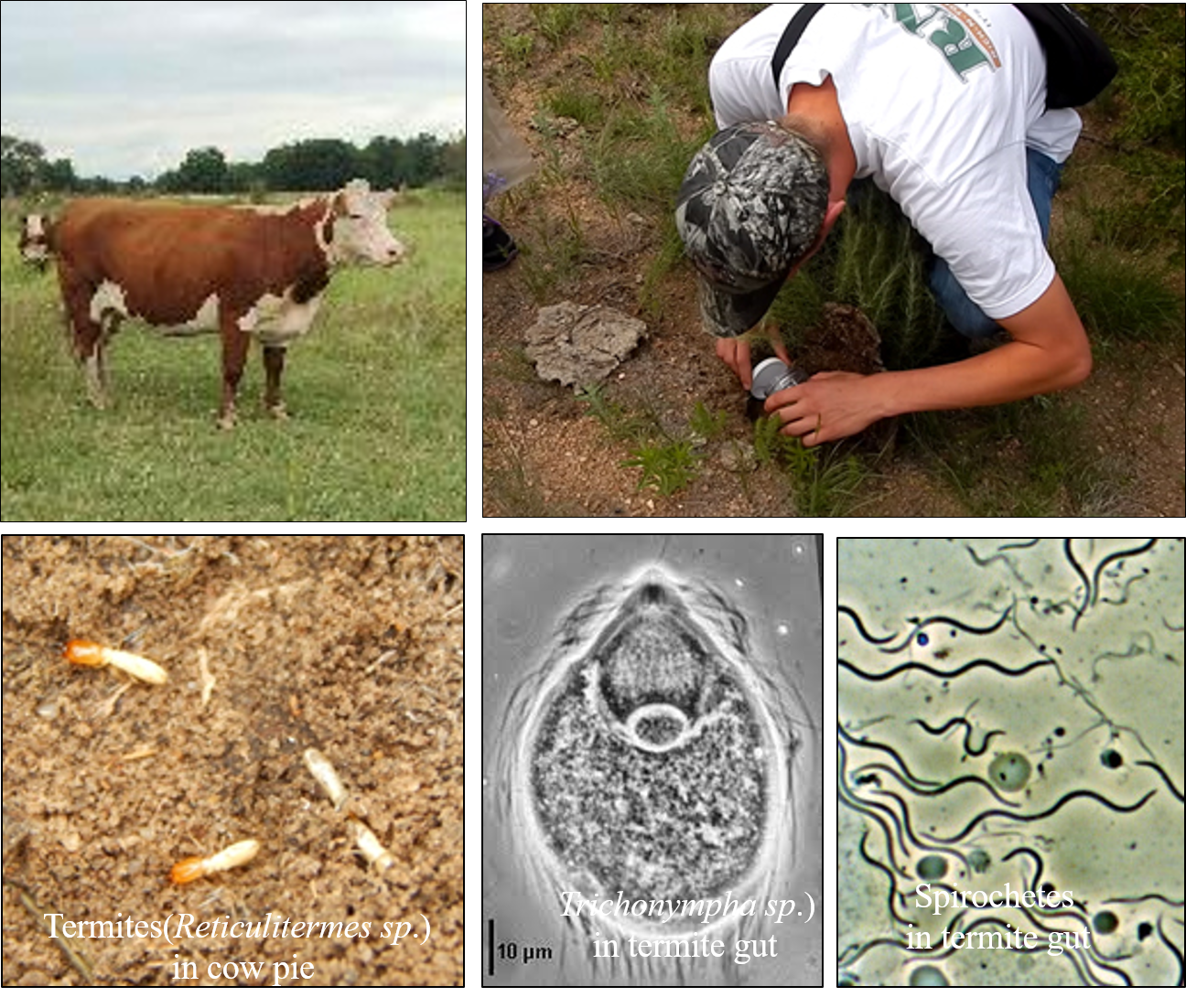TEACHING INTRODUCTORY BIOLOGY AT A FIELD STATION
Authors: William V. Glider and Benjamin Reed
School of Biological Science, University of Nebraska- Lincoln, Lincoln, NE 68502
Introduction
With the current emphasis on incorporating experiential learning in introductory college biology courses (Vision and Change 2012, 2014) I proposed to teach an introductory level biology course at the UNL Cedar Point Biological Station (CPBS). I began teaching the course in the summer of 2011. The demand for enrollment in the course became so great that I have taught two separate sessions in 2014 and 2015. Bios 121/121L (Fundamentals of Biology II) is a 4 credit course which enrolls a diverse group of students including majors in Biological Science, Environmental Science, Animal Science, Nutrition, and a variety of pre-health majors. The course focuses on whole organism biology with emphasis on evolution, biodiversity, and ecology. A sample of 121 field stations belonging to the Organization of Biological Field Stations (OBFS) found that none of them offered a true introductory college level biology course. In fact, most stations require or highly recommend students to have already taken 1-2 years of biology courses before enrolling in courses at their field station. We have found this course not only teaches the fundamentals of whole organism biology but also builds an amazing sense of comradery between students planning a career in the biological sciences. The importance of field stations in teaching and research has been recently addressed in a white paper published by the National Research Council (NRC 2014) in which E.O. Wilson states:
“Field stations will serve as key centers of education at all levels. Universities and other institutions wise enough to invest in such stations now, even in the face of limited financial resources, will assure themselves of a much larger share in the future action.”
Cedar Point Biological Station
Cedar Point Biological Station (CPBS) is a 900 acre field research facility and experiential classroom located in western Nebraska, near the town of Ogallala and several miles east of Lake McConaughy. CPBS is owned by the University of Nebraska-Lincoln and administered through the School of Biological Sciences and the College of Arts and Sciences. The station is open for classes and research activities from approximately May 1st to August 15th and for individual events through mid-October. Generally eight classes are taught in 3 week sessions throughout the summer. CPBS has been in continuous operation since 1975.

Biodiversity at CPBS
The diversity of organisms on the CPBS campus and adjoining properties is phenomenal.

Course Activities
Collaborative Learning in Lecture, Lab, and Field
Since Life 121/121L is a core course, certain concepts and terminology must be covered. As much as possible, lecture, lab, and field work are combined to make for a more unified learning experience. This approach leads to a great deal of camaraderie amongst the students.

Mini Research Project
A short-term research project is carried out by teams of students which emphasizes scientific problem solving skills including experimental design, experimentation, and hypothesis testing using statistical analysis. This project uses the native crayfish (Orconectes virilis) as the model organism. The crayfish are collected and maintained by the students. Each team of students gives an oral presentation of their results.

Crayfish Heart Rate Experiments Using Vernier® EKG Sensors
Past research projects have included the manipulation of the following variables:
- acute temperature changes
- desiccation
- salinity concentration
- population density
Crayfish Respiration Rate Experiments Using Optical Dissolved Oxygen and Sensors

Past research projects have included the manipulation of the following variables:
- pH
- desiccation
- light exposure
- turbidity (silting)
- food deprivation
- phosphate concentration
Angiosperm Plant Collection: Taxonomy and Ethnobotany
Students are required to collect, curate and identify to species, angiosperms belonging to 14 different families. In addition they are required to select 5 of these families and list one way the plant was used by Native Americans (medicinal, ceremonial, food, crafts, etc.).

Insect Collections: Systematics and Phylogeny
Traditionally insect collections have been used as a method of teaching insect taxonomy and basic curatorial skills. Although these aspects are included, we have broadened our goals of the insect collection to teach insect phylogeny and the major events in insect evolution as outlined in a lab exercise from Cornell University (https://courses.cit.cornell.edu/ent201/content/diversity.pdf). Students are required to collect insects representing 12 different Orders and two different species of aquatic insect larvae. Adult insects must be identified to Order and Family. In addition, for each Order of insects collected, the students are required to:
- Describe the ecological consequence/importance of the major evolutionary event which occurred in that Order.
- List 1 Order of wingless hexapods.
- List 1 Order of Neopterans that can fold their wings and one Order of Neopterans that cannot.
- List 3 Orders that display hemimetabolous development.
- List 3 Orders that display holometabolous development.
- List 1 Order that displays eusociality.
- Identify the most ancestral insect Order based on your insect phylogenetic tree.

Symbiosis: Termites in Cow Pies

Assessment
There is little published data dealing with the effect on student learning of teaching an introductory biology course taught at a field station in comparison to students who completed a traditional, campus based course covering the same material. The NRC white paper strongly recommends that these types of studies be carried out as a way of justifying the generally touted educational benefit of field based courses. At the end of the each course I have asked the students in a self-report survey the following question: Do you think you learned more from this course about whole organism biology and biodiversity than you may have learned in the same course taken on campus. Explain why or why not.” Based on 48 responses, 100% felt they learned more about whole organism biology and biodiversity in this field course than they would have learned in the same course on campus. The following is a sample of common responses to this question:
- "This class was so much more interesting and effective...loved the emphasis on how and why questions."
- "I learn better in an environment where I get to see and interact with what I am learning about."
- "Focus on a broad range of material that would not be possible on campus, hands on applications, more likely to retain information."
- "There is no way the course on campus could have given me the same educational experience."
References
NRC. 2014. Enhancing the Value and Sustainability of Field Stations and Marine Laboratories in the 21st Century.
Acknowledgements
Jon Garbisch, Associate Director of CPBS
Veronica Bair and Madi Schwenka, Undergraduate TAs
The 100+ students who have taken the course at CPBS over the past 4 years.
Contact Information
Dr. William Glider
wglider1@unl.edu